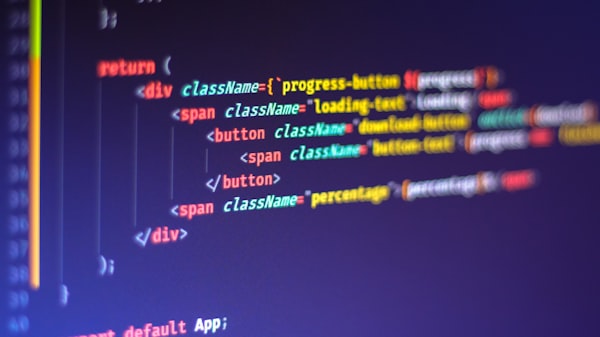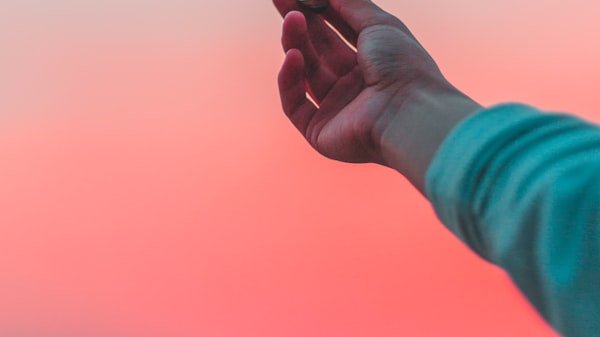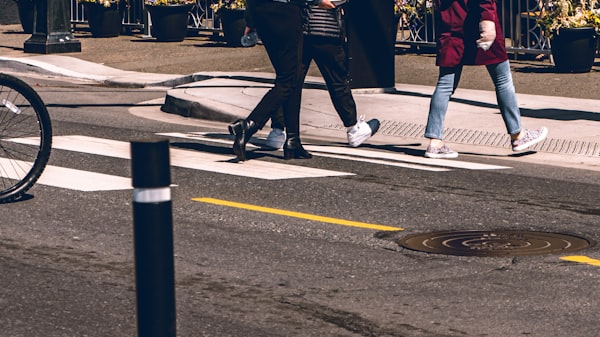- 欢迎使用千万蜘蛛池,网站外链优化,蜘蛛池引蜘蛛快速提高网站收录,收藏快捷键 CTRL + D
如何设计响应式Android布局?从入门到精通的完全指南 Android布局设计:提升应用用户体验的几种关键布局技巧



在移动应用开发中,Android布局扮演着至关重要的角色。它涉及到如何在不同尺寸和分辨率的设备上有效地展示用户界面,以确保用户体验的一致性。为了达到这个目标,开发者需要掌握各种布局方式,并了解如何适配不同屏幕尺寸和方向。
Android提供了多种布局类型可供选择,包括线性布局、相对布局、帧布局和约束布局等。这些布局类型各具特点,下面将详细介绍每种布局类型及其使用方法。

线性布局(LinearLayout)
线性布局是最简单的布局类型之一。它按照垂直或水平方向排列子视图,并可以设置排列方向和对齐方式。例如:
<LinearLayout xmlns:android="http://schemas.android.com/apk/res/android"
android:layout_width="match_parent"
android:layout_height="match_parent"
android:orientation="vertical"
android:gravity="center">
<TextView
android:layout_width="wrap_content"
android:layout_height="wrap_content"
android:text="Hello, World!" />
<Button
android:layout_width="wrap_content"
android:layout_height="wrap_content"
android:text="Click me!" />
</LinearLayout>
相对布局(RelativeLayout)

相对布局是一种更灵活的布局类型。它允许子视图相对于父视图或其他子视图进行定位。你可以使用各种属性来设置视图之间的对齐关系。例如:
<RelativeLayout xmlns:android="http://schemas.android.com/apk/res/android"
android:layout_width="match_parent"
android:layout_height="match_parent">
<TextView
android:id="@+id/textView"
android:layout_width="wrap_content"
android:layout_height="wrap_content"
android:text="Hello, World!"
android:layout_centerInParent="true" />
<Button
android:layout_width="wrap_content"
android:layout_height="wrap_content"
android:text="Click me!"
android:layout_below="@id/textView"
android:layout_centerHorizontally="true" />
</RelativeLayout>
帧布局(FrameLayout)

帧布局是最简单的布局之一。它将子视图堆叠在一起,每个子视图的位置由其重力属性决定。例如:
<FrameLayout xmlns:android="http://schemas.android.com/apk/res/android"
android:layout_width="match_parent"
android:layout_height="match_parent">
<TextView
android:layout_width="wrap_content"
android:layout_height="wrap_content"
android:text="Hello, World!"
android:layout_gravity="center" />
<Button
android:layout_width="wrap_content"
android:layout_height="wrap_content"
android:text="Click me!"
android:layout_gravity="bottom|right" />
</FrameLayout>
约束布局(ConstraintLayout)

约束布局是一种强大且灵活的布局类型。它允许子视图之间建立双向约束,从而实现复杂的布局效果。你可以通过设置约束和边距来定位和
| 广告位招租-内容页尾部广告(PC) |
相关文章推荐
- 无相关信息
SEO优化最新文章
- “如何架设云服务器? 一步步教你快速搭建云服务器架构”
- 如何使用API js_widget创建交互式网页?简易教程与示例代码解析
- "如何在AD中高亮当前网络?简单教程帮你实现网络搜索结果的高亮效果"
- 如何获取Access数据库日志?解析Access日志数据的方法
- Linux查看分区格式: 1. "Linux查看分区格式:如何正确识别和管理磁盘分区" 2. "Linux中如何查看和分析磁盘分区格式,优化存储空间" 3. &
- "如何使用lsof命令查看系统中打开的文件?掌握这些技巧轻松管理进程和资源"
- "如何优化Android Vold以提升Android系统性能?解决方案揭秘"
- 电商设计主要做什么?探究电商平台的设计重点与提升策略
- 为什么你的用IIS建立的.net网站通过IP地址不能访问?5个解决方法帮你恢复正常访问
- PersistentVolumeClaims状态有什么问题?如何替换PersistentVolumeClaims














)


)
)
